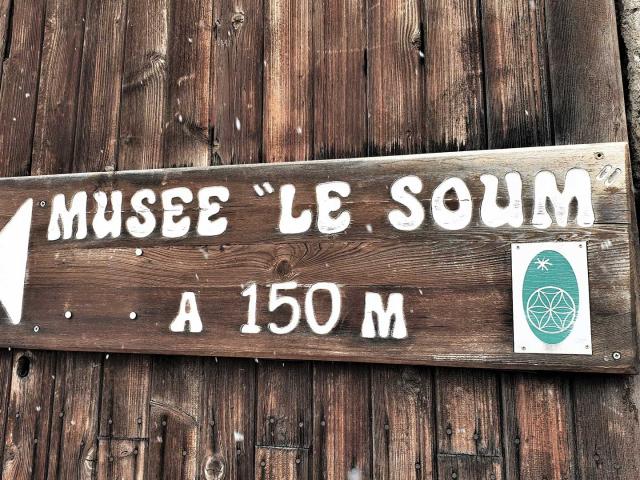Arles Amphitheater
With its dynamic metropolises, numerous villages, castles and religious buildings, the Bouches-du-Rhône department also draws on its heritage to establish itself as a major tourist destination in the Provence-Alpes-Côte d’Azur region. During your stay, visit the arenas and ancient remains, the castles of the Middle Ages, the Renaissance palaces, the churches, the basilicas, the monasteries and more.






